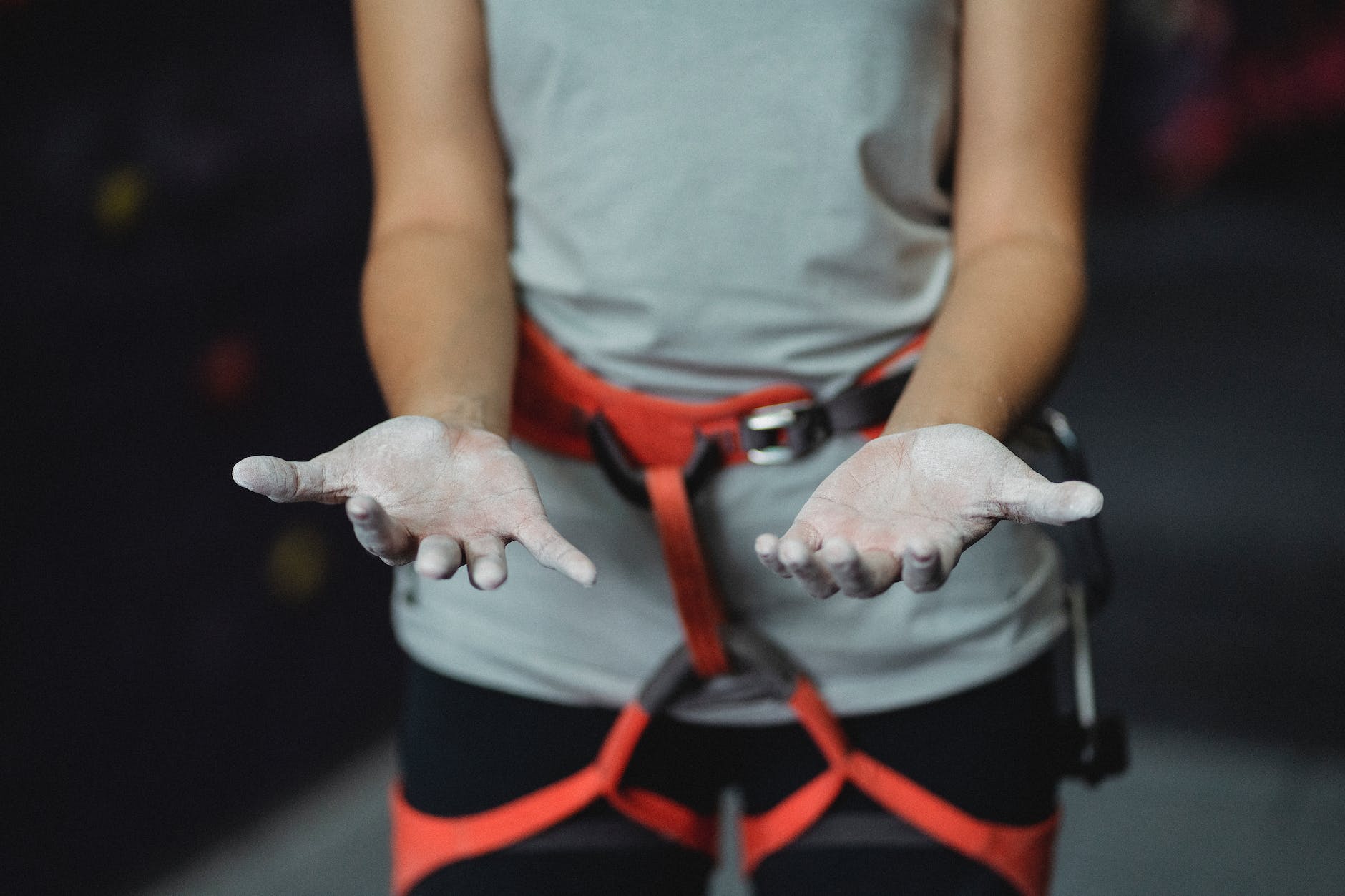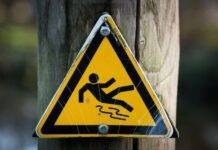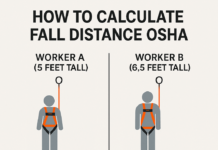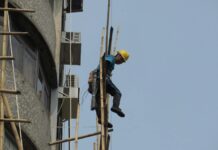
Safeguarding Construction Workers: The Importance of Fall Protection
The Importance of Fall Protection : In the world of construction, where workers often find themselves working at heights, fall protection is not just a guideline but a lifeline. Falls are among the leading causes of injuries and fatalities in the construction industry, making it imperative for employers and workers to prioritize safety measures that prevent such accidents.
Understanding the Risk:
Working on scaffolds, roofs, ladders, and other elevated structures is a daily routine for construction workers. While these tasks are essential for building our infrastructure, they also expose workers to significant fall hazards. Even a simple slip or misstep can result in a serious injury or even loss of life.
Fall Protection Measures:
To mitigate the risk of falls, construction sites must implement comprehensive fall protection measures:
- Guardrails: Installing guardrails around open edges of elevated platforms provides a physical barrier that prevents workers from accidentally falling.
- Safety Nets: Safety nets placed below work areas act as a safety cushion, catching workers in case of a fall.
- Personal Fall Arrest Systems (PFAS): Workers should be equipped with PFAS, which include a harness, lanyard, and anchor point. These systems are designed to stop a fall in progress and limit the force on the worker’s body.
- Training: Proper training is essential for workers to understand how to use fall protection equipment correctly. This includes recognizing fall hazards and knowing when and how to use their PFAS.
Regulatory Compliance:
In the United States, the Occupational Safety and Health Administration (OSHA) provides guidelines and regulations related to fall protection. Employers are legally obligated to adhere to these regulations to ensure the safety of their workers. Non-compliance can result in hefty fines and legal consequences.
The Human Factor:
Aside from regulatory requirements, fostering a culture of safety is crucial. Workers should feel empowered to speak up about safety concerns, and supervisors should lead by example. Regular safety meetings and evaluations help maintain a vigilant attitude towards fall hazards.
Work at Height Hazards and Precautions
What is a Safe Ratio for Working on a Portable Ladder?
Work at Height Hazards and Precautions
OSHA Regulations for Working at Height
Conclusion:
Fall protection isn’t an optional add-on in construction; it’s a fundamental necessity. The safety of construction workers should always be the top priority, and investing in proper fall protection measures saves lives, reduces injuries, and ultimately benefits both employers and workers.
In the construction industry, the phrase “safety first” isn’t just a saying; it’s a way of life. By prioritizing fall protection and adopting a proactive approach to safety, we can ensure that every construction worker returns home safely at the end of the day.
























